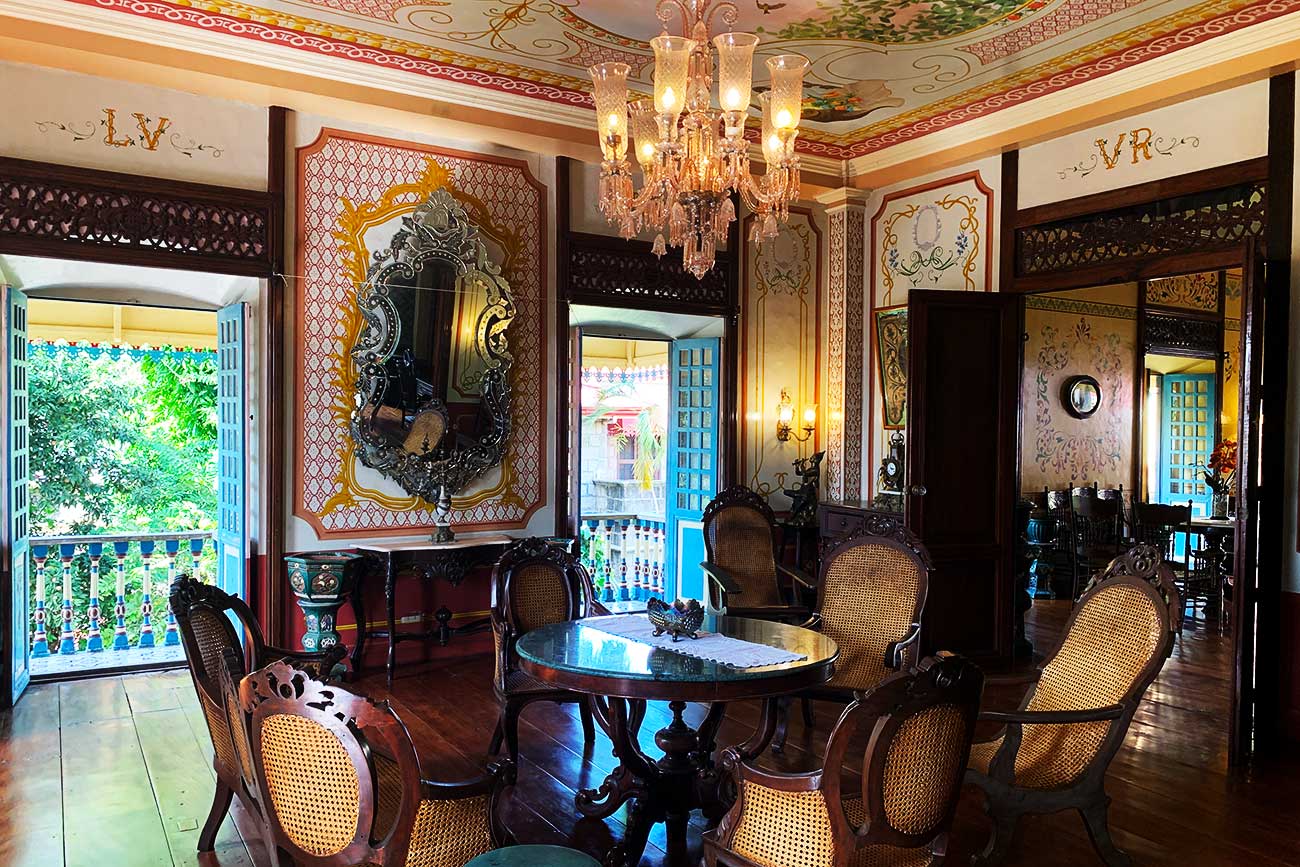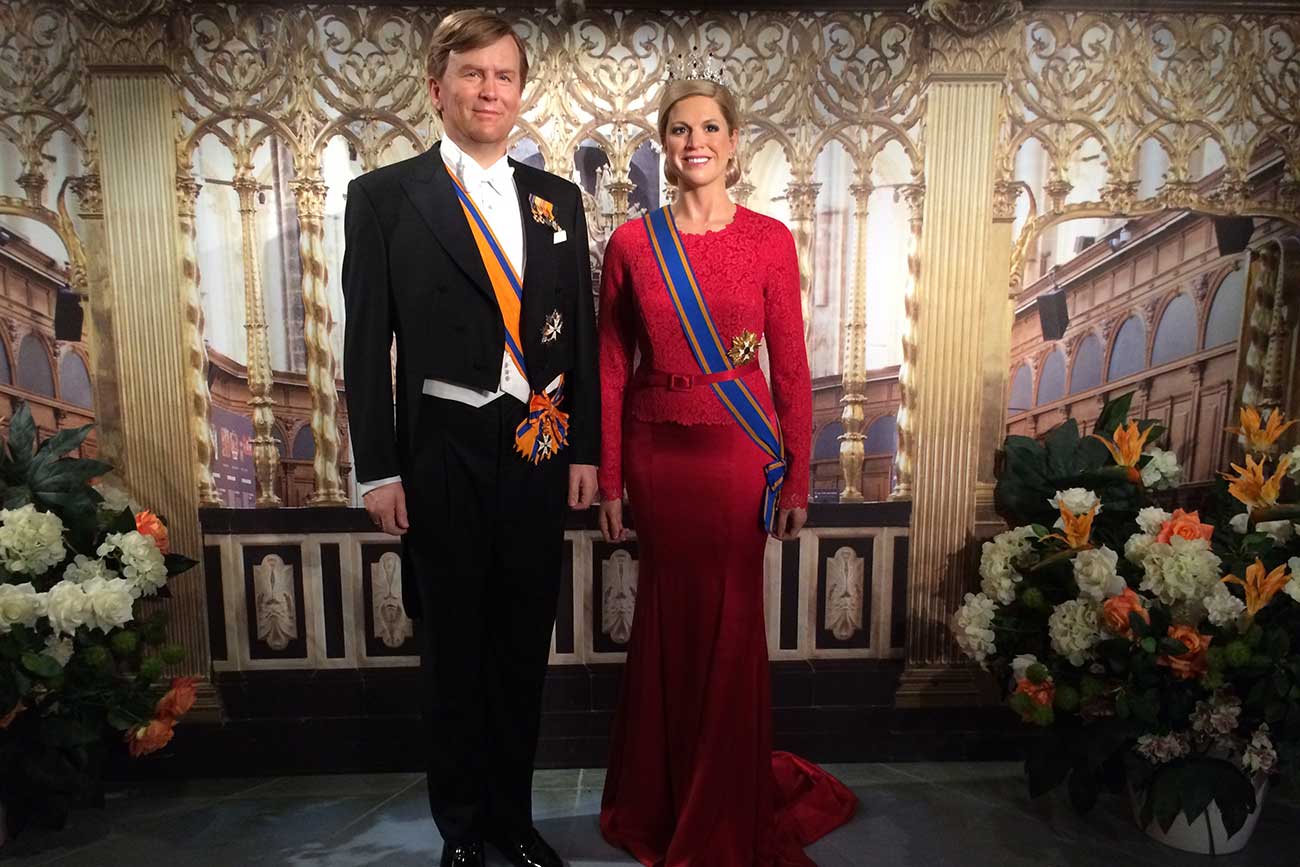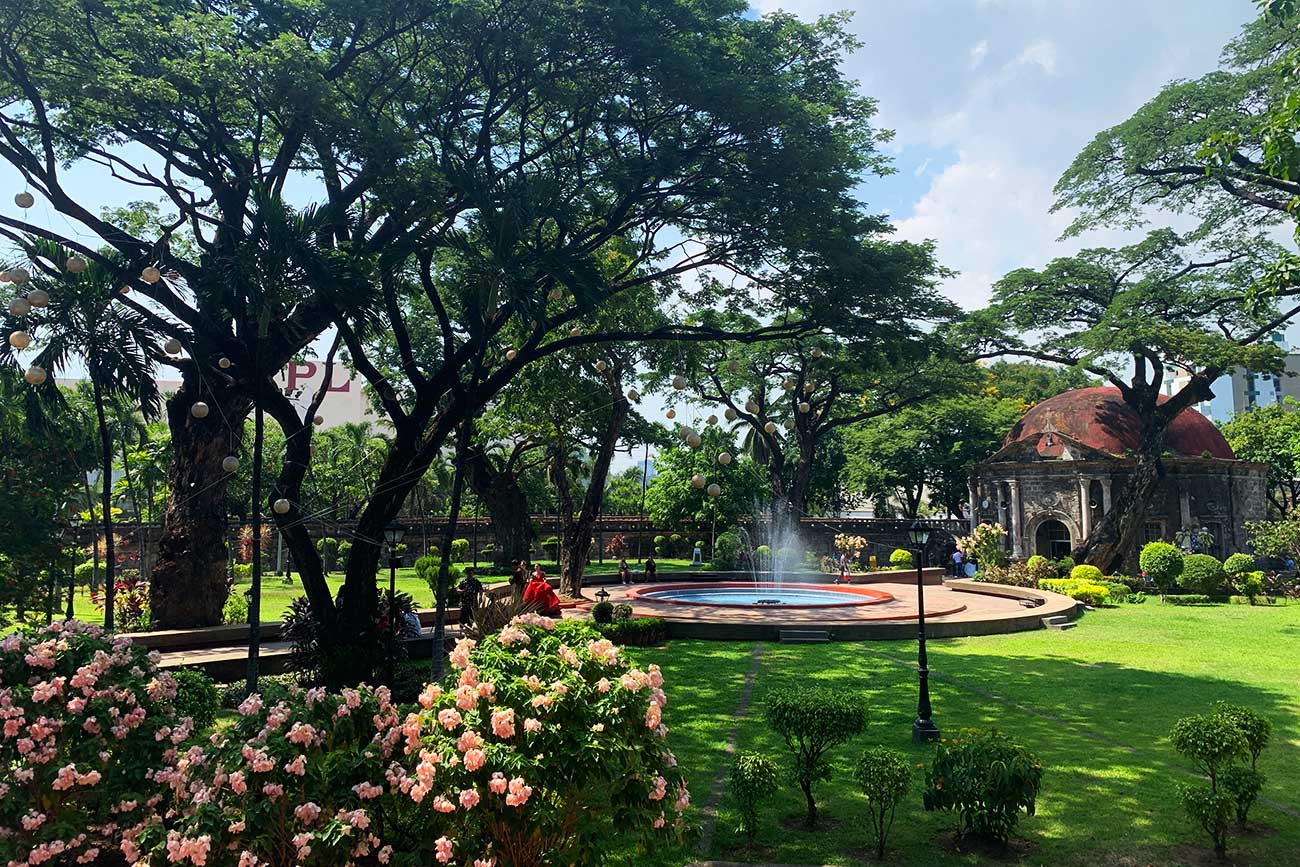The Spaniard’s influence over the Philippines may have waned following the country’s establishment of its sovereignty. But there still remain vestiges that remind us of that past as seen through man-made structures.
Visiting Taal, Batangas, I discovered and explored several of these structures. Before, when I heard ‘Taal’, I always thought of the Taal Volcano or Taal lake. But after I visited Taal town, it was a shame to find out that there is not just a town called Taal, but a town rich in history that it’s considered a heritage landmark.

Like this house built in the 1870s, the Villavicencio Wedding Gift House. Also called the Villavicencio Casa Regalo de Boda (literally, the Spanish equivalent of the term), the Villavicencio Wedding Gift House is an ancient Spanish Colonial Era house. It was an intended gift to Doña Gliceria Marella y Legaspi, by her husband Don Eulalio Villavicencio on their wedding day in 1871.
Once a place lived by the Villavicencio couple and their family, the growing household soon moved to the nearby bigger household following the demise of Don Eulalio’s parents through inheritance. Since then, the Villavicencio Wedding Gift House became a guest house, once housing then-revolutionary leaders who used the hidden area of the structure to hide and plot against the occupying Spaniards.
After a generation without repair and its subsequent conversion as an apartment, the named “bahay na bato” structure would soon go into disrepair, marked by faded hand-painted canvas walls, rotten floorboards, and sunk posts. The building was so badly damaged without a fix for several years that, in 1990, only half of the entire space was habitable. It then took some six years of repair to restore the derelict house and brought back to its former glory.
Nowadays, the Villavicencio Wedding Gift House is one of Taal town’s places of interest. The house is also the set on one of the few scenes of a GMA Network drama fantasy series, Maria Clara at Ibarra. For a small fee, you can get a closer look and explore the place that was once home to one of the wealthiest families in Batangas.
Entering the small cut door that is part of the main entrance, you will be greeted by a patterned tile, said to be a reproduction of the original design from Spain. Though most of these tiles are reproductions from the original, still, there are few pieces from the original tiles in place. I almost missed this little detail had Raquel, one of the Villavicencio staff looking after the ancestral house, didn’t mention it. She’s been in the ancestral house for 18 years, no wonder she is very familiar with almost every detail of the house.
Not too far from the entrance is a flight of stairs leading to the ‘caida’ or foyer on the second floor. It is made of tindalo wood coated with color brown that contrasts the surrounding’s lighter color. I can’t help but admire meticulously the detail on the balusters. Largely made out of wood, the fully-furnished second floor of the building is also distinctly brown for its many wooden constructs, including the furniture.
I haven’t seen Casa Villavicencio (Don Eulalio’s inherited house) yet. To visit Casa Villavicencio, you need to have a pre-booked arrangement with the owner which, unfortunately, I didn’t. But those who have seen Casa Villavicencio mentioned a stark contrast with the Wedding Gift House in terms of the overarching tone for the latter’s more colorful vibe. Most notably, this is viewed on the walls and ceiling, given their stenciled patterns.
With walls and ceilings in bright colors and stenciled patterns, the look and feel of the second floor are bright and colorful. I could not think of the right words to justify the grandiosity of the place, but here’s an excerpt from Ms. Adelaida Villaraza Mayo’s comment about her recent tour of the house she posted on the Villavicencio Wedding Gift House Facebook page.
The Villavicencio house is one that I find most enchanting because of its wall and ceiling mural paintings. According to the guide, the paintings were based on the original designs in the house. Built in the 1870s, the house has its unique character, showing several symbolic elements that emphasize the identity of its original owners. One finds the letters V all around the upper part of the walls of the sala and other letters beside each V representing the family name of the wife of each of the Villavicencio sons. – Adelaida Villaraza Mayo
In one spot of the house is the master bedroom with furnishings typical to the era. This includes a reading desk and a chair on one corner and a dressing table with a mirror on the other.
One major highlight that genuinely shows the house’s age are the capiz windows and bentanillas (small windows).


While Taal will still mainly known for the volcano and the lake inside it, outside of this geographic landmark are also places that are worthy of sightseeing, primarily due to their historical value, like the Villavicencio Wedding Gift House.
Besides the Villavicencio ancestral houses, there are other notable ancestral houses in Taal. These are:
1. The white painted colonial American Gregorio Agoncillo Mansion or the Agoncillo White House.
2. The Marcela Agoncillo Museum, the home of Marcela Mariño Agoncillo, creator of the first Philippine flag.
3. The Ilagan-Barrion Ancestral House which is also called Galleria Taal, the first camera museum in the Philippines.
4. The Goco Ancestral House
Villavicencio Wedding Gift House
32 Calle Gliceria Marella, Taal, Batangas
Mobile: +63 917-897-0363
Facebook: Taal Villavicencio Wedding Gift House
Hours of Operation: Tue-Sun, 9AM-5PM
Entrance Fee: PHP 100

























1 comments On Travel Back In Time: The Villavicencio Wedding Gift House In Taal, Batangas
Pingback: First-Timers Travel Guide To Taal | The Poor Dad ()